Marketing automation helps you to reach out to your customers in a multi-touchpoint way and when needed.
Introduction to Marketing Automation
Marketing automation is a powerful tool that can help businesses of all sizes optimize their marketing efforts, streamline their sales processes, and better engage with customers. Keywords like "marketing automation" and "marketing automation tool" are some of the most searched terms on Google, in Italy and almost all of Europe for automatizing recurring customer patterns and simply engaging them in a more performance way.
What is Marketing Automation
Marketing automation is a way to automate content on customer journey patterns when specific triggers appear.
This can result in improved lead generation, higher conversion rates, and increased customer retention. In this article, we'll explore the benefits of marketing automation and how it can help you achieve your business goals. We'll cover everything from email marketing and lead nurturing to analytics and reporting, giving you a comprehensive understanding of this essential marketing tool.
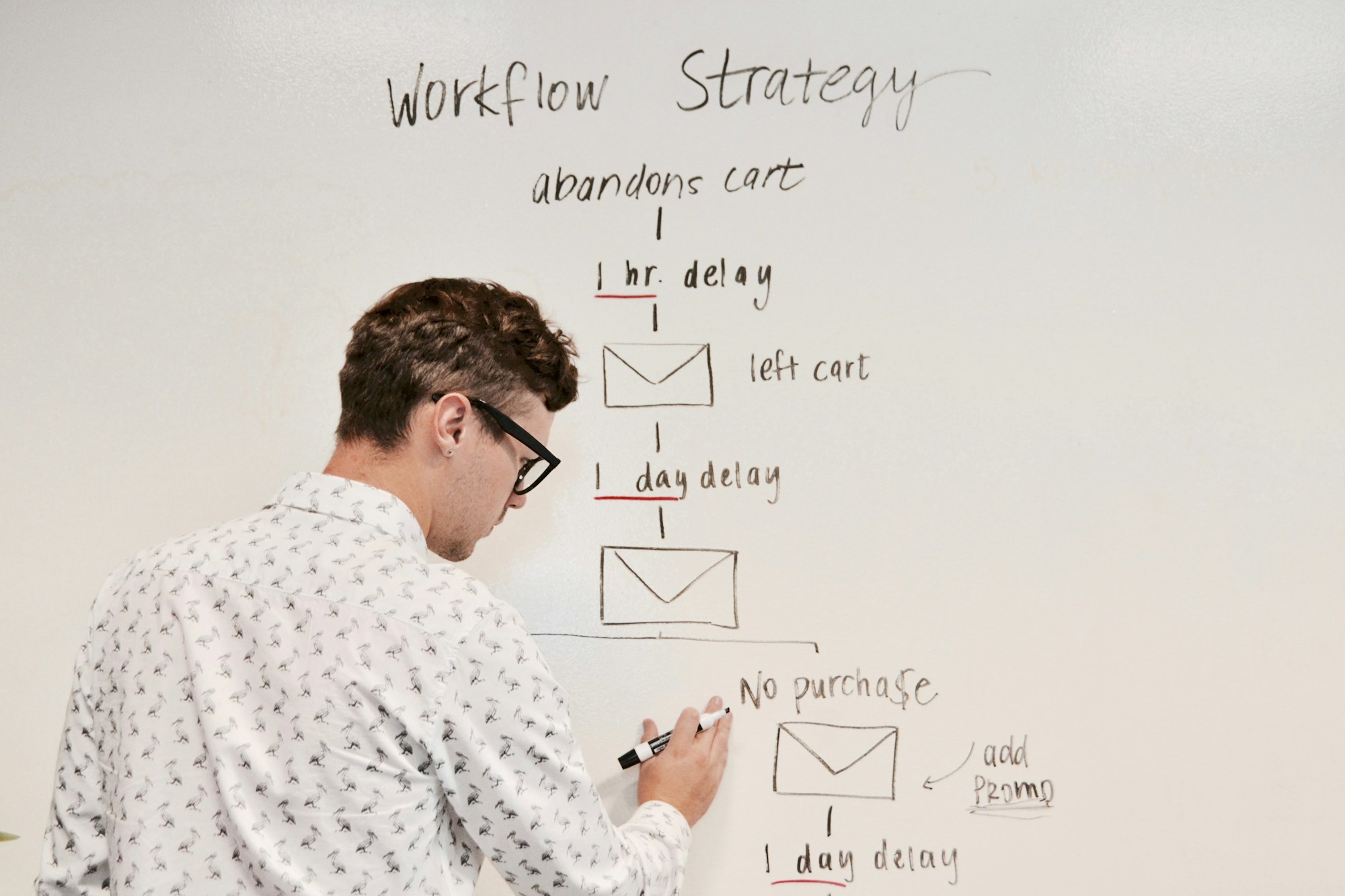
How does Marketing Automation help to increase customer retention?
Increasing revenue is the number one reason why about 80% of marketers use automation. This is also why B2B marketers who implement automation tools see an average increase of 20% in new sales opportunities.
It will help you retain existing customers because the cost of retaining existing customers is much lower than acquiring new customers of 5 times!
Marketing automation tools provide the data you need to resolve current customers’ concerns more effectively. These same tools will organize this data and make it easy for your customer service staff to access and use them, improving the quality of their services and enhancing loyalty and trust.
Every business is different, but there are a lot of common patterns that can be useful triggered in every industry, such as:
- Review request after N days from using the product
- Anniversary / Yearly subscription
- Notified when they reach the next level of purchasing frequency average
3 Marketing Automation for your loyalty program to use today
Here, a set of automation could help your business put the first gear and test the automation on customer base clusters.
Customer Engagement and Retention Journey
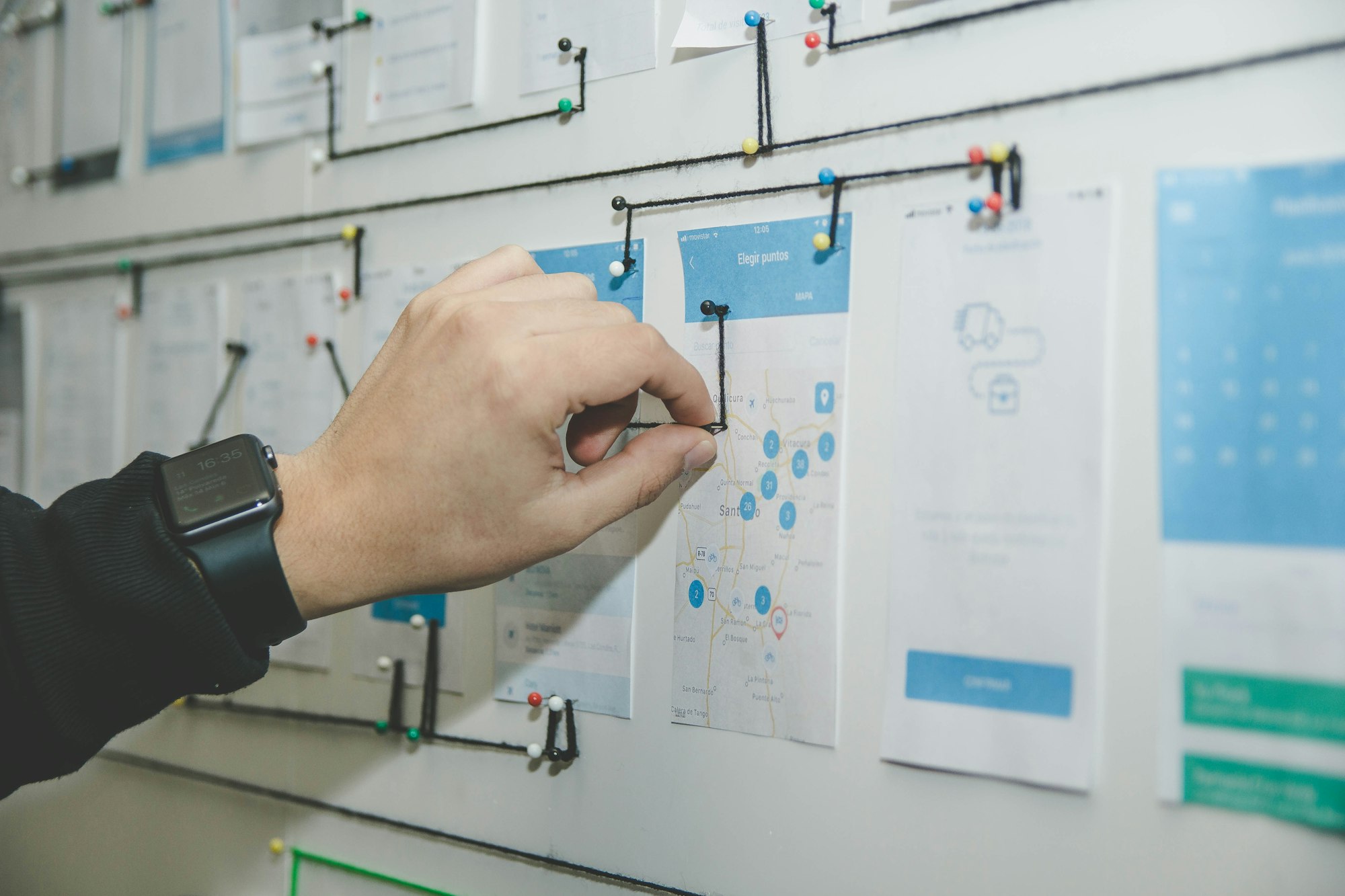
- Step 1 - Welcome Series: New members receive 3 welcome emails introducing them to the loyalty program, its benefits, and how to get started.
- Step 2 - Engagement Campaign: Automated emails are triggered based on member activity, such as points accumulation, website visits, or social media interactions. These emails encourage further engagement with the program and provide personalized recommendations.
- Step 3 - Reward Recognition: Members who reach certain milestones or achieve specific loyalty tiers receive automated emails acknowledging their achievements and offering exclusive rewards or benefits.
- Step 4 - Feedback Collection: Following reward redemption or a specified period, members receive automated surveys or feedback requests to gather insights on their experiences with the program. This feedback helps improve future communications and offerings.
Re-engagement and Upsell Automation
- Step 1 - Inactivity Detection: Identify members who have been inactive in the loyalty program for a specified period.
- Step 2 - Special Offer Campaign: Trigger automated emails to inactive members with special offers or incentives designed to re-engage them with the program.
- Step 3 - Upsell Follow-Up: For members who respond to the special offer, follow up with targeted emails promoting complementary products or services, upselling to higher-tier memberships, or encouraging increased engagement.
- Step 4 - Thank You Campaign: After members take action, send personalized thank you emails expressing appreciation for their participation and offering additional rewards or benefits as a token of gratitude.
Tier Advancement and Exclusive Access Path
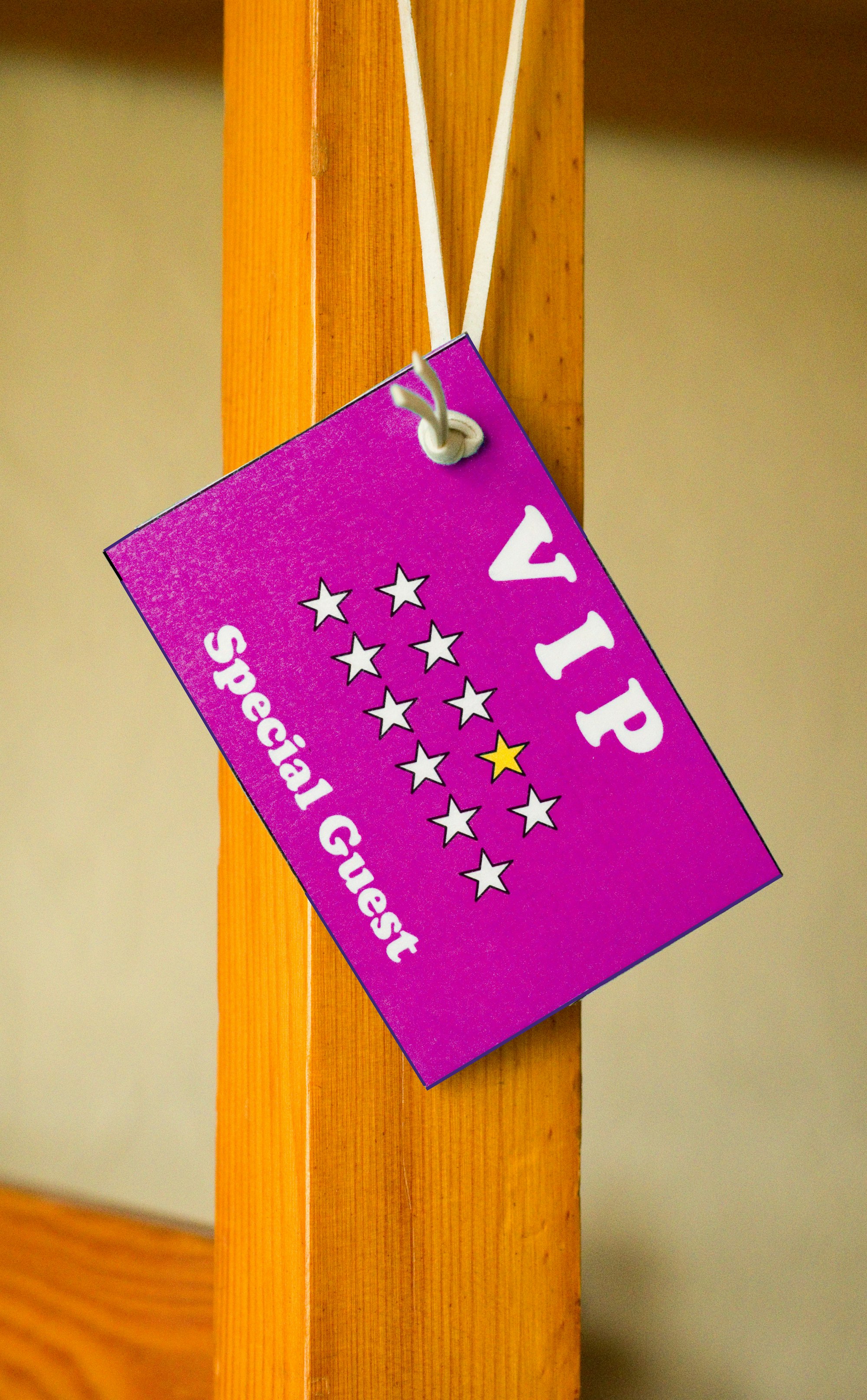
- Step 1 - Tier Advancement: Monitor members' loyalty points and activity to identify those eligible for tier advancement within the loyalty program.
- Step 2 - Exclusive Offers: Upon tier advancement, trigger automated emails to members with exclusive offers, discounts, or rewards reserved for their new tier level.
- Step 3 - Early Access Previews: Provide advanced access to upcoming products, services, or events through automated emails, giving members a sneak peek before they're available to the general public.
- Step 4 - Personalized Recommendations: Analyze members' past interactions and purchase history to deliver personalized product recommendations and offers tailored to their preferences and behaviors.
- Step 5 - VIP Membership: Recognize and reward top-tier members with VIP status, granting them access to premium benefits, personalized services, and exclusive events reserved for elite members.
By implementing this multi-step email marketing automation journey, businesses can incentivize tier advancement, provide members exclusive access and benefits, and foster deeper engagement and loyalty within the program.
These multi-step email marketing automation journeys for loyalty programs enable businesses to effectively engage, retain, and re-engage members, driving increased loyalty and lifetime value.
Some Real Loyalty programs
Loyalty programs have become powerful tools for businesses to incentivize repeat purchases, enhance customer engagement, and build long-term relationships. Below are some real loyalty programs you can read and copy for your business.
Example 1: Dior loyalty program
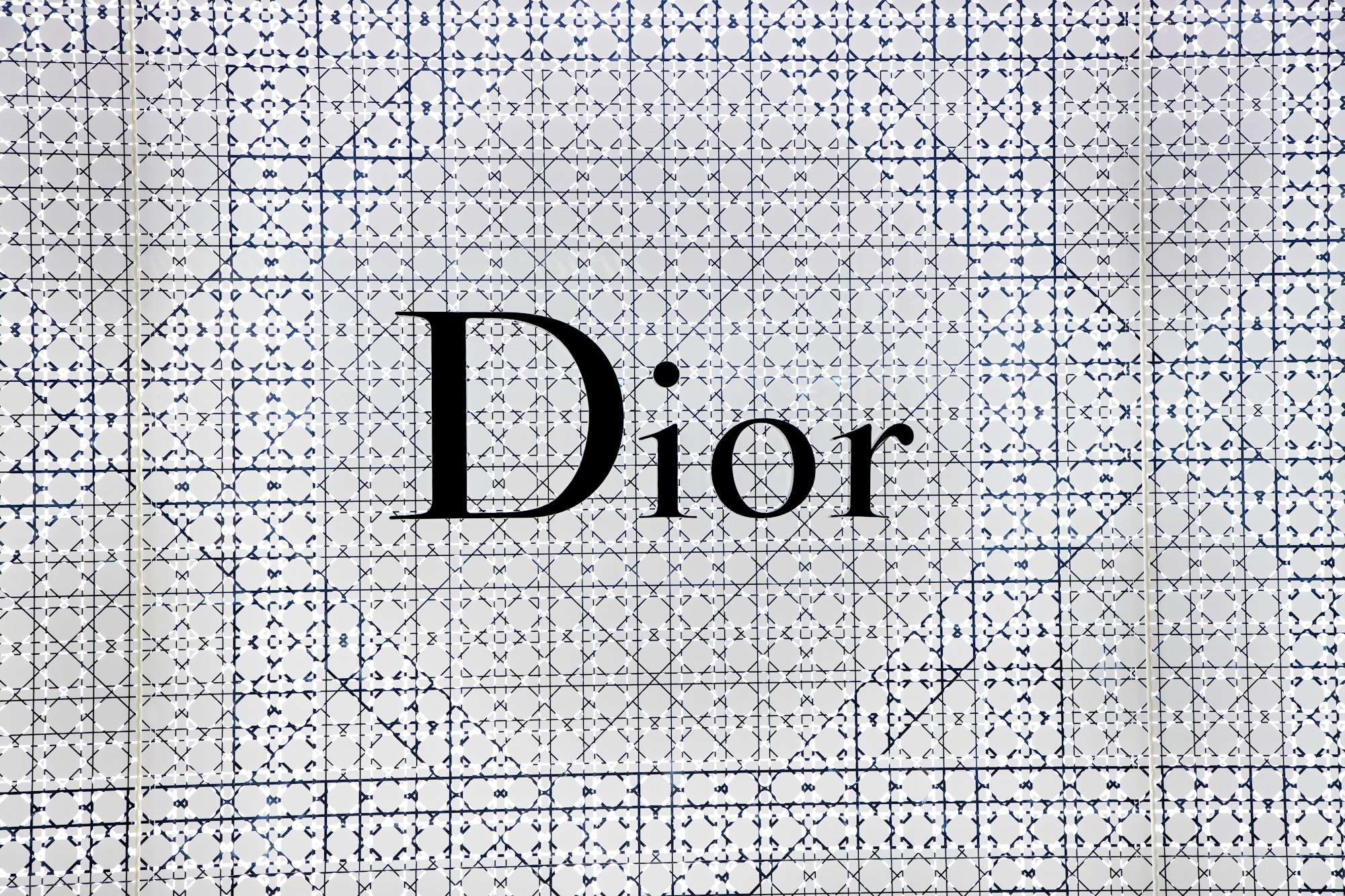
Keypoints of the Dior loyalty program
- Free to Join: Dior Beauty's loyalty program is free to join and rewards customers for both beauty purchases and program participation.
- Membership Status: Members start at Pearl status and progress based on qualifying Dior Beauty purchases over 12 months.
- Earning Status: Customers can earn higher loyalty status by accumulating qualifying purchases. Silver status requires two purchases of $150 combined, Gold status requires three purchases of $500 connected (or a single purchase of $900), and Platinum status requires four purchases of $900 combined.
- Exclusive Rewards: Each loyalty status offers unique rewards, including luxury welcome gifts, virtual consultations, and early access to Dior events
- Rules and Eligibility: Only Dior Beauty purchases, including fragrance, skincare, and makeup products bought on Dior.com or at specific locations, count towards loyalty program benefits.
In short
Dior Beauty's My Exclusive Loyalty Program is a free membership program designed to reward customers for their loyalty and engagement with the brand. It offers members exclusive benefits, including luxury welcome gifts, virtual consultations, and early event access.

Customers can progress through different loyalty statuses based on qualifying purchases, unlocking increasingly valuable rewards and privileges. The program aims to enhance the customer experience and foster long-term relationships by providing personalized incentives and recognition for loyal patrons.
Example 2: Hilton loyalty program
Hilton Honors is the loyalty program for Hilton Hotels, covering over 6,800 properties in 122 countries.

Keypoints of the Hilton loyalty program
- Earning Points: Members can earn Hilton Honors points by spending money at Hilton hotels, with partners, or using a Hilton Honors credit card.
- Benefits: The program offers various benefits, including easy-to-achieve elite status, high-value elite status benefits like daily food and beverage credits, and opportunities for free hotel night stays.
- Loyalty Tiers: Members progress through loyalty tiers based on qualifying purchases, starting from Silver status and advancing to higher levels with increased benefits.
- Points Value: NerdWallet values one Hilton Honors point at 0.5 cent each, making it relatively easy to earn and redeem points for free hotel stays.
- Redeeming Points: Hilton points can be redeemed for free hotel nights, Points & Money awards, Hilton Honors Experiences, and Amazon purchases.
In short
Hilton Honors is a comprehensive loyalty program designed to reward customers for patronage and encourage repeat business at Hilton hotels worldwide. Members can earn points through various channels, including hotel stays, partner transactions, and credit card spending. The program offers valuable benefits such as elite status perks, free night stays, and unique experiences through the Hilton Honors Experiences platform.
The value of Hilton Honors points is relatively high, with each point worth 0.5 cent, making it easier for members to accumulate and redeem points for rewards. Hilton Honors provides flexibility in redeeming points, allowing members to choose from various options, including free hotel nights, Points & Money awards, and exclusive experiences.
While the program offers diverse redemption options, the most valuable way to use Hilton Honors points is for free hotel stays, where members can enjoy a range of accommodations across Hilton's global portfolio. With additional benefits like Points & Money awards and Hilton Honors Experiences, members have opportunities to enhance their travel experiences and make the most of their loyalty to the Hilton brand.
Overall, the Hilton Honors loyalty program aims to provide exceptional value, flexibility, and personalized rewards to its members, fostering long-term loyalty and satisfaction among guests worldwide.
Example 3: MSC Loyalty Program
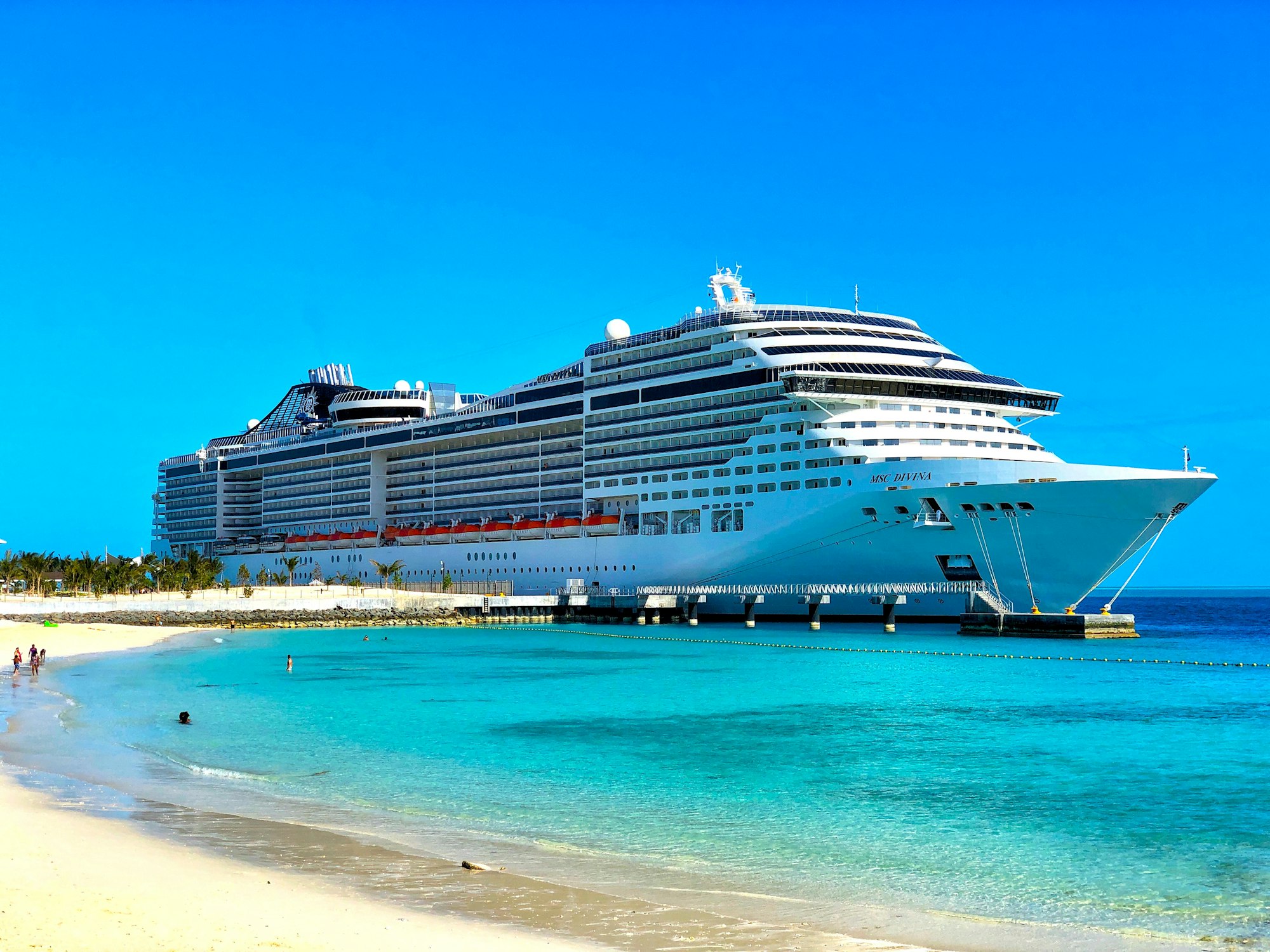
Keypoints of the MSC loyalty program
- Modest Compared to Rivals: MSC Cruises' loyalty program is more modest than competitors like Royal Caribbean and Norwegian Cruise Line.
- Perks at Higher Levels: While other cruise loyalty programs lack some benefits, MSC Voyagers Club offers valuable perks at higher levels, including complimentary speciality restaurant meals and priority tender access.
- Status Match: MSC Voyagers Club allows members to status match into higher tiers, a unique feature not offered by other major cruise line loyalty programs.
- Points Earning System: Points are earned based on cruise length and MSC Cruises "experience" booked, with additional points available for onboard spending and profile updates.
- Gold Level Benefits: Reaching the Gold level offers priority disembarkation in tender ports, complimentary thermal area sessions, gifts, photos, and birthday cakes.
In short
The MSC Voyagers Club loyalty program, although more modest in comparison to competitors, offers valuable perks and benefits to its members. While it doesn't provide free cruises or substantial discounts like other programs, it offers rewards such as complimentary meals and priority access to tenders.
The program's points-earning system is intricate and depends on cruise length and onboard spending. Reaching the Gold level unlocks additional benefits, including priority disembarkation and complimentary gifts. While not as extravagant as some competitors, the MSC Voyagers Club loyalty program still offers meaningful rewards for loyal cruisers.
Frequently Asking Questions about Loyalty Programs
What is a Customer Loyalty Program?
A customer loyalty program is a structured marketing strategy designed to incentivize repeat purchases, foster customer engagement, and cultivate long-term relationships with customers.
These programs typically offer rewards, discounts, or exclusive perks to encourage customers to return and make additional purchases. Loyalty programs can take various forms, including points-based systems, tiered memberships, or exclusive access to events and promotions. A loyalty program aims to increase customer retention, drive sales, and enhance brand loyalty over time.
How Can I Create a Loyalty Program with Marketing Automation?
Creating a loyalty program with marketing automation involves leveraging technology and data-driven insights to streamline program management, personalize customer experiences, and optimize engagement efforts. Here are some steps to create a loyalty program using marketing automation:
Define Program Objectives: Determine the goals and objectives of your loyalty program, such as increasing customer retention, driving repeat purchases, or promoting specific products or services.
Identify Target Audience: Segment your customer base based on demographics, purchasing behavior, and preferences to effectively tailor your loyalty program offerings and communications.
Select Automation Tools: Choose a marketing automation platform that offers robust features for managing loyalty programs, including customer segmentation, personalized messaging, and automated rewards tracking.
Design Program Structure: Develop a clear and transparent structure for your loyalty program, including earning and redemption rules, reward tiers, and eligibility criteria.
Create Personalized Content: Use marketing automation tools to create targeted email campaigns, SMS messages, and in-app notifications that communicate program benefits, rewards, and exclusive offers to your customers.
Track and Analyze Performance: Monitor key metrics such as customer engagement, redemption rates, and revenue generated through the loyalty program. Use analytics insights to optimize program effectiveness and make data-driven decisions for continuous improvement.
Integrating marketing automation into your loyalty program strategy can enhance efficiency, scalability, and customer satisfaction while driving measurable business results.
How Can I Roll Out a Loyalty Program with Customer Segmentation Effectively?
Rolling out a loyalty program with customer segmentation involves dividing your customer base into distinct groups based on common characteristics, behaviors, and preferences. Here's how to implement customer segmentation effectively in your loyalty program rollout:
Identify Segmentation Criteria: Determine the criteria for segmenting your customers, such as demographics, purchase history, engagement level, or psychographic attributes.
Segment Customer Database: Use customer relationship management (CRM) tools or data analytics platforms to segment your customer database based on the identified criteria.
Tailor Program Offerings: Customize loyalty program offerings and rewards to align with each customer segment's unique needs and preferences. Consider offering tiered rewards or exclusive perks tailored to specific segments.
Personalized Communication: Develop personalized communication strategies for each customer segment, including targeted email campaigns, social media messaging, and in-store promotions.
Monitor and Adapt: Continuously monitor the performance of your loyalty program across different customer segments. Analyze engagement metrics, redemption rates, and customer feedback to identify areas for improvement and optimize program effectiveness over time.
By leveraging customer segmentation in your loyalty program rollout, you can enhance relevance, engagement, and overall customer satisfaction, increasing loyalty and retention in the long run.